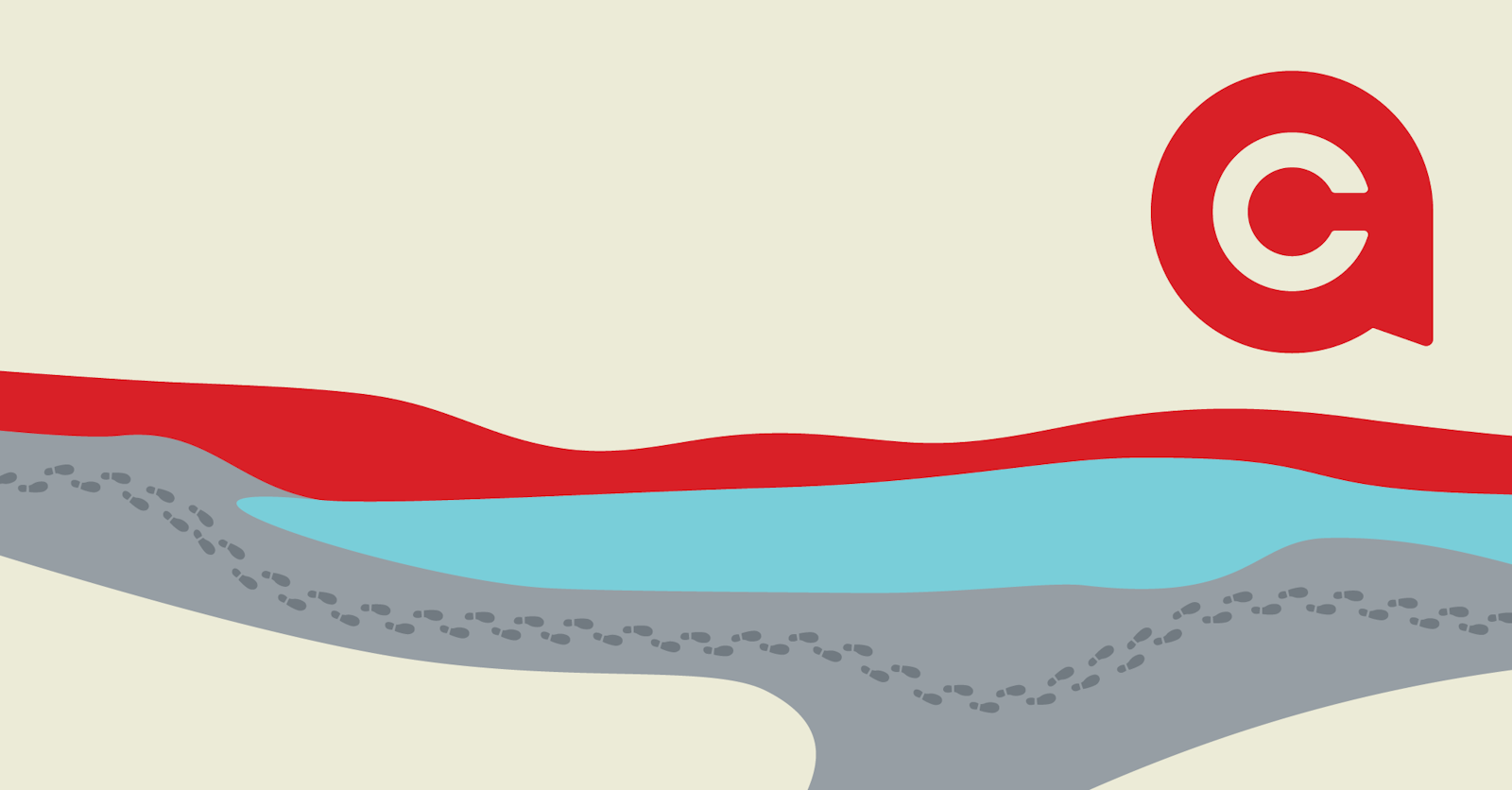Does this packaging make my footprint look fat?

A more responsible approach to packaging design.
Many of us grew up under the dark clouds of environmental disasters, climate change and the ecological horrors that might be on the horizon. We were taught, just do this one thing (turn off the lights when you leave a room, flush the toilet one less time per day, only shower for special occasions etc) and if everyone did it, the volcanos would stay dormant, the icebergs would stay solid, and we’d be saved. Well, this false promise was a lovely myth to be a part of, but the truth is, we can all do something more to further benefit the big blue ball we call home.
When it comes to packaging, structure is the road to a healthier, smaller, sexier footprint for your brand. Packed into this statement is the material used for the structure, to make it possible.
If you dabble in that great American pastime of visiting your local landfill, you’ll see plenty of discarded products, but you’ll see even more discarded packaging. Or, if you prefer to perform a personal experiment and carry around all your own trash for a week, you’ll be weighed down by, you guessed it - packaging.
Those are just covering the end of life portion of packaging, consider all of the resources to produce, ship, use, and display packaging in our world? Specifically, consider the fact that every piece of clothing you wear was once in its own individual polybag in order to be shipped from manufacturer to brand or retailer. You may know where your favorite t-shirt is, but do you know where the polybag it came in is currently located?
There are plenty of “save the planet” reasons for considering a package structure redesign, but the other side of the coin is how structure contributes to distinctiveness, product use and shoppability. If done right, a structure can be patented and become another essential, distinct element that helps others easily identify your brand in the marketplace.
Capsule has many examples of this type of work, but perhaps our most notable is the Patagonia baselayer packaging structure.
This change removed the need for a polybag in the system, allowing products to move from manufacturing through a rigorous distribution system and eventually ending up next to the skin of Patagonia fans. While it was a transitory fix that allowed the old sushi roll to be replaced by products displayed in more traditional manners in retail settings it did deliver a 70% boost in month over month sales.
The lesson for anyone looking to make a packaging change is take a hard look at your structure. Are you using the best materials available to move your product from place of manufacturing to a consumer and eventually back to the earth, recycled or reused in perpetuity? Small changes can have a large impact on how much material is used, the distinct shape it takes and the impact you have on the shopping experience.
If you’re looking for a place where your budget can make a tangible impact and want to see a financial and environmental return on your investment, structure is an ideal place to start.


